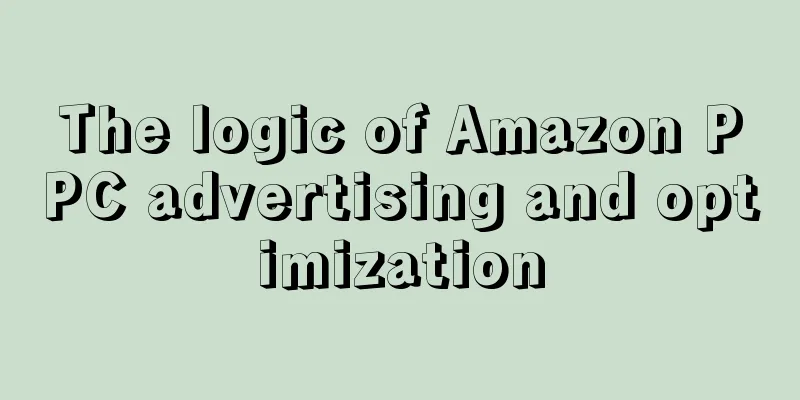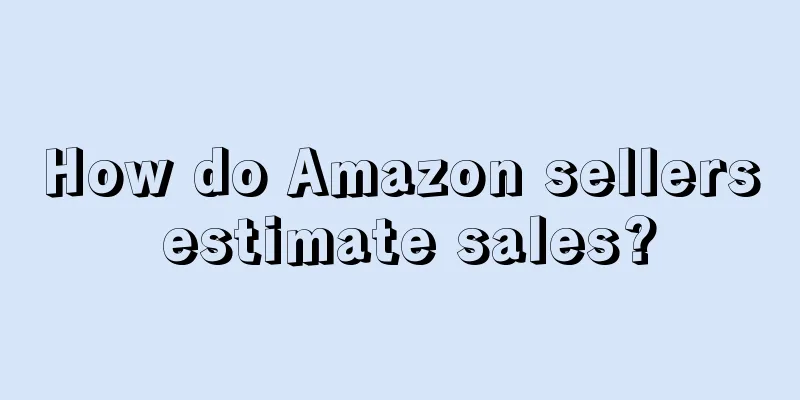Whether to place advertisements or not should be determined according to the product and cannot be generalized.
Let’s take a brief look at the logic behind Amazon PPC advertising and optimization.
1. Is it necessary to advertise all the products in the store?
The answer is no. Whether to place advertisements or not should be determined according to the product and cannot be generalized.
Unless your store is an absolute boutique store, each item can be called an independent product, and the unit price and profit of the products are considerable, which can achieve a cost-effective input-output ratio.
If your store is a distribution model, it is obviously not suitable to place advertisements for each product; if your store has infinite variations of the same product, it is obviously not suitable to place advertisements for each SKU; if the unit price of your product is too low, such as a mobile phone film with free shipping for $3.99, it is obviously not suitable to place advertisements; if the products you sell are too unpopular, such as selling IC chips for electronic components, it is obviously not suitable to place in-site advertisements.
2. What is the basis for placing PPC ads?
The basis of Amazon PPC advertising is the perfect optimization of the listing.
If a listing is not well made, the product cannot be displayed well, and if advertisements are placed on this basis, the conversion rate will inevitably be low. The purpose of PPC advertising is to get exposure and clicks on the listing, but the purpose of operation is conversion, which is to obtain more orders. Online shopping is a process of shopping by looking at pictures. If your listing is not good-looking, its conversion rate will inevitably be bleak. Therefore, before PPC advertising is launched, optimization must be done in place.
What does optimization involve?
Product pictures: 1 main picture + 6 secondary pictures, all of which cannot be taken lightly. The main picture should be grand, clear, and better than the pictures of your competitors. This is very necessary;
Title: In the title, you should combine product keywords, feature words, functional words and selling points to make the title vivid. Keywords can help the system to crawl your listing, while vivid language can impress consumers and convert browsing into orders.
Characteristics of the five elements and product descriptions: Make the language vivid and learn to "speak human language". What does "speaking in plain language" mean? It means expressing the characteristics of the product in a language that is easy for consumers to understand. Where should we extract the information from? In the existing reviews of competitors, there are many concerns expressed by consumers, which can be sorted and refined for our own use. Don’t write the five elements characteristics and product descriptions as product manuals. Cold language will not impress consumers.
Price: Set a discount price;
FBA delivery: This is the basis of operation. It is hard to imagine how big and how good a store can be by self-delivery.
Review: For Amazon’s on-site PPC advertising, don’t do it nakedly! Don’t do it nakedly! Don’t do it nakedly!
3. How to combine automatic advertising with manual advertising and whether it is possible to set up multiple advertising plans for the same product?
It is necessary to combine automatic advertising with manual advertising. The two forms of advertising can complement each other, allowing sellers to think more comprehensively about their products and advertising. At the same time, there’s nothing wrong with multiple advertising plans as long as the conversion rate is appropriate. When setting up an advertising plan, everything is determined by the conversion rate. Even if a product has ten advertising plans, as long as each advertising plan produces cost-effective advertising, what's the harm?
4. How to filter advertising keywords?
A seller should first be a product expert, and you need to be familiar enough with your products. Being familiar with a product does not only mean that you can use it and know its functions and defects. From the sales side, being familiar with a product means that you know how and what words consumers will use to search for your product. These words that consumers search for are what we call keywords.
Regarding keyword settings for advertisements, tools are just for reference, and search volume is just for reference. Ultimately, you have to return to your understanding of the product and customers, that is, whether the word really matches your product, and whether customers will use this word to search for your product. If you don’t want to be clear about this, the keyword setting will lose its practical significance.
During advertising, there will definitely be some words that bring some invalid clicks, just like the classic saying in the advertising industry: Half of your advertising costs are wasted, but you never know which half. Therefore, don’t be afraid of wasting advertising, because advertising is a process of continuous optimization.

